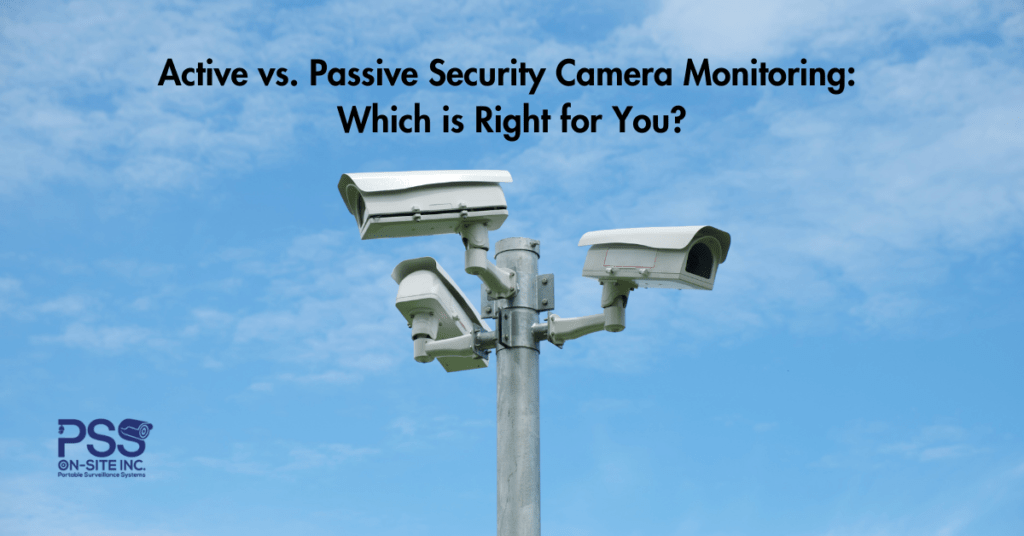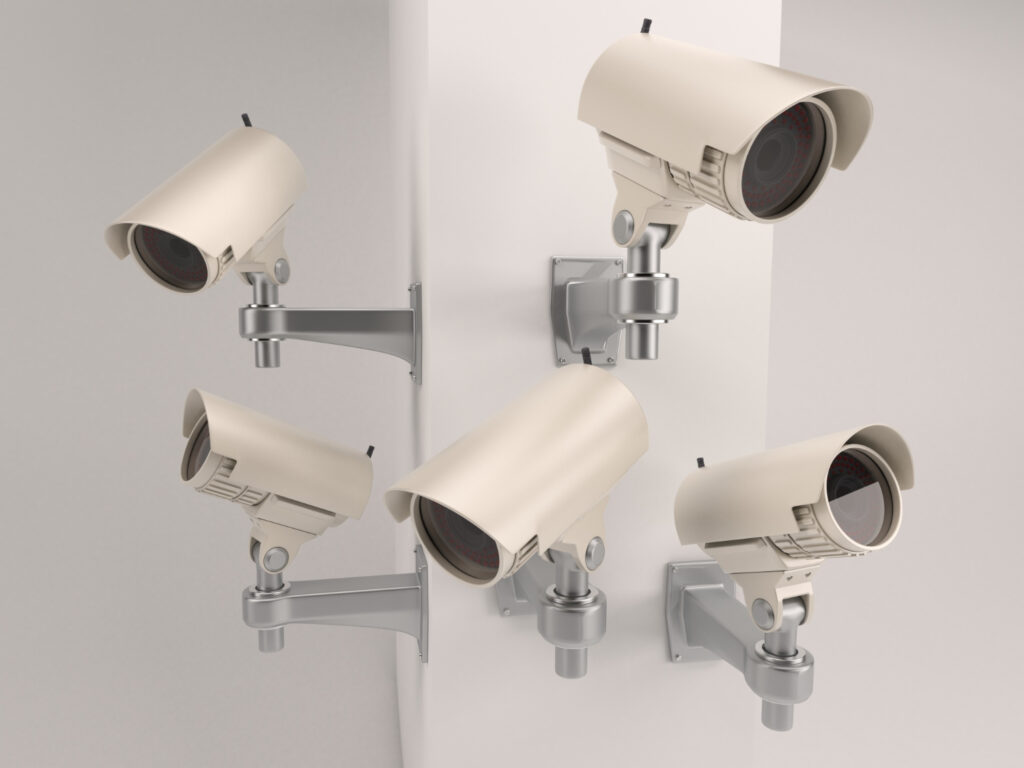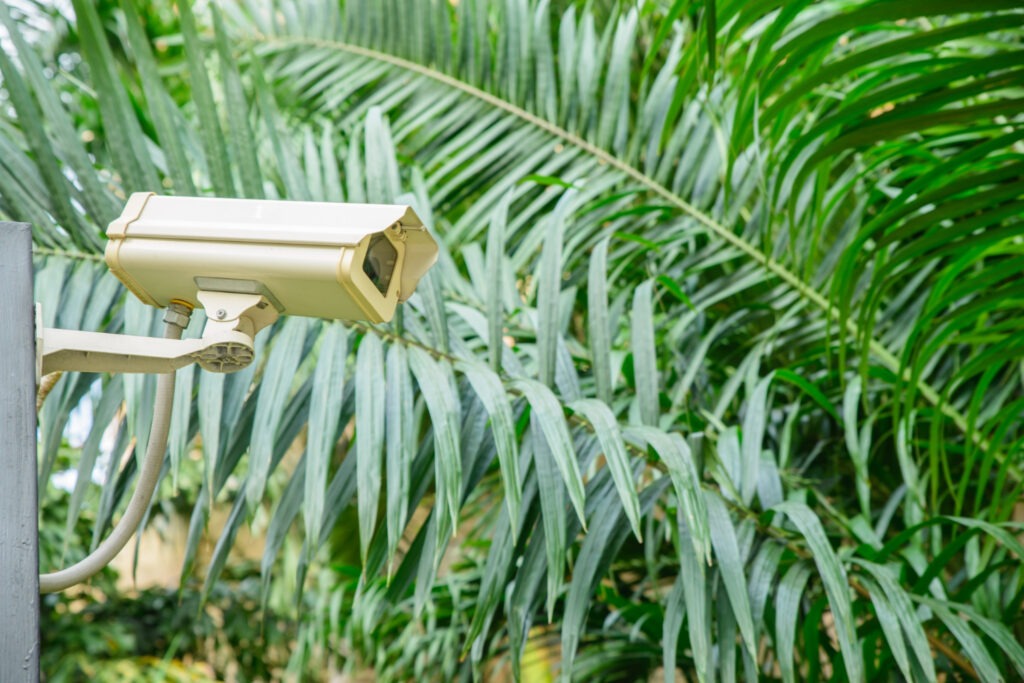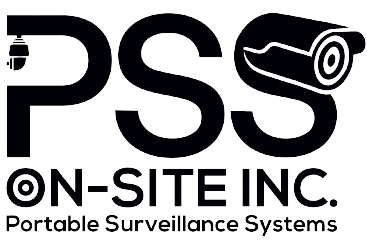
Security camera monitoring has become a fundamental aspect of modern security systems, offering businesses and homeowners peace of mind in an uncertain world. The evolution of surveillance technologies has introduced two primary methods of camera monitoring: active and passive. Understanding the differences between these approaches is crucial in selecting the right solution for your security needs.
Understanding Active Security Camera Monitoring
Active monitoring involves real-time surveillance by trained professionals who actively monitor camera feeds for suspicious activity. This approach relies on immediate intervention and response to potential threats. The integration of artificial intelligence (AI) and machine learning enhances the capabilities of active monitoring systems, enabling quick identification of anomalies and behavior pattern recognition.

In practical terms, active monitoring means that a team of security personnel is constantly watching live camera feeds. This allows for immediate action in the event of suspicious behavior, such as unauthorized access or unusual movements within a monitored area. The use of advanced algorithms helps in distinguishing between normal activities and potential security breaches.
Exploring Passive Security Camera Monitoring
Passive monitoring, on the other hand, involves the recording of camera footage for later review. This method is typically used for post-incident investigations or forensic analysis. Passive monitoring is less resource-intensive compared to active monitoring, making it a cost-effective choice for many organizations. However, it does not provide real-time alerts or immediate response capabilities.

Passive monitoring systems excel in situations where constant live monitoring is not required but where recorded footage serves as a valuable resource for analyzing past events or gathering evidence after an incident. Organizations with limited budgets or less critical security needs often find passive monitoring sufficient for their requirements.
Factors to Consider Before Choosing
Before deciding between active and passive monitoring, several factors must be considered. Firstly, assess your security needs and objectives. If preventing immediate threats is a priority, active monitoring may be the preferred option. Secondly, consider the location and environment where the cameras will be installed. Urban areas with high crime rates may benefit more from active monitoring, whereas rural settings might find passive monitoring adequate.
Budget constraints also play a significant role in decision-making. Active monitoring services typically involve subscription fees and ongoing maintenance costs, whereas passive systems may have lower upfront costs but may lack some of the features of active monitoring. Additionally, ensure compliance with privacy regulations and ethical considerations, especially when deploying monitoring systems in public spaces or residential areas.
Advantages of Active Security Camera Monitoring
The proactive nature of active monitoring offers several advantages. Firstly, it enables crime prevention by detecting and responding to threats in real-time. This can deter potential criminals and reduce the likelihood of security breaches. Secondly, active monitoring leads to swift responses during emergencies, such as fires or medical incidents, ensuring timely assistance to those in need. Furthermore, active systems often result in fewer false alarms, as trained professionals can verify threats before alerting authorities.
Benefits of Passive Security Camera Monitoring
Passive monitoring solutions are valued for their affordability and ease of implementation. By recording footage for later analysis, these systems provide a cost-effective means of surveillance. In the aftermath of incidents, passive monitoring allows for thorough investigations and evidence collection. Additionally, passive monitoring is less intrusive than active systems, making it suitable for environments where continuous monitoring is unnecessary.
Integration of Active and Passive Monitoring
To achieve comprehensive security coverage, many organizations opt for hybrid systems that integrate both active and passive monitoring technologies. This approach combines the benefits of real-time surveillance with the cost-effectiveness of recorded footage analysis. By leveraging both methods, businesses can optimize their security protocols and adapt to changing security needs.
Case Studies and Success Stories
Real-world examples highlight the effectiveness of different monitoring approaches. For instance, active monitoring has been instrumental in preventing thefts and vandalism in retail settings by enabling immediate intervention. On the other hand, passive monitoring has aided law enforcement agencies in solving crimes by providing valuable evidence from recorded footage.
Challenges and Limitations
Despite their benefits, both active and passive monitoring systems face challenges. Active monitoring relies heavily on technology reliability and may encounter false positives, leading to unnecessary alerts. Privacy concerns also arise with constant live monitoring. Passive systems, while cost-effective, may lack the ability to respond in real-time to security threats and rely on human intervention after incidents occur.
How to Choose the Right Monitoring Solution
To select the most suitable monitoring solution, consult with security experts who can assess your specific needs and recommend appropriate technologies. Conducting a site assessment helps identify vulnerabilities and determine the optimal camera placements. Consider long-term viability, as security requirements may evolve over time, necessitating flexible monitoring solutions.
Future Trends in Security Camera Monitoring
Looking ahead, advancements in AI and deep learning will further enhance the capabilities of security camera monitoring systems. Automation features and remote access functionalities will empower users to manage security remotely and efficiently. Additionally, sustainability will become a priority, with eco-friendly surveillance practices gaining traction.
Conclusion
In conclusion, the choice between active and passive security camera monitoring depends on individual security needs, budget considerations, and regulatory requirements. Both approaches have their merits and limitations, and integrating them strategically can maximize security effectiveness. By understanding the nuances of each method and evaluating specific needs, organizations can make informed decisions to safeguard their assets and ensure peace of mind.
